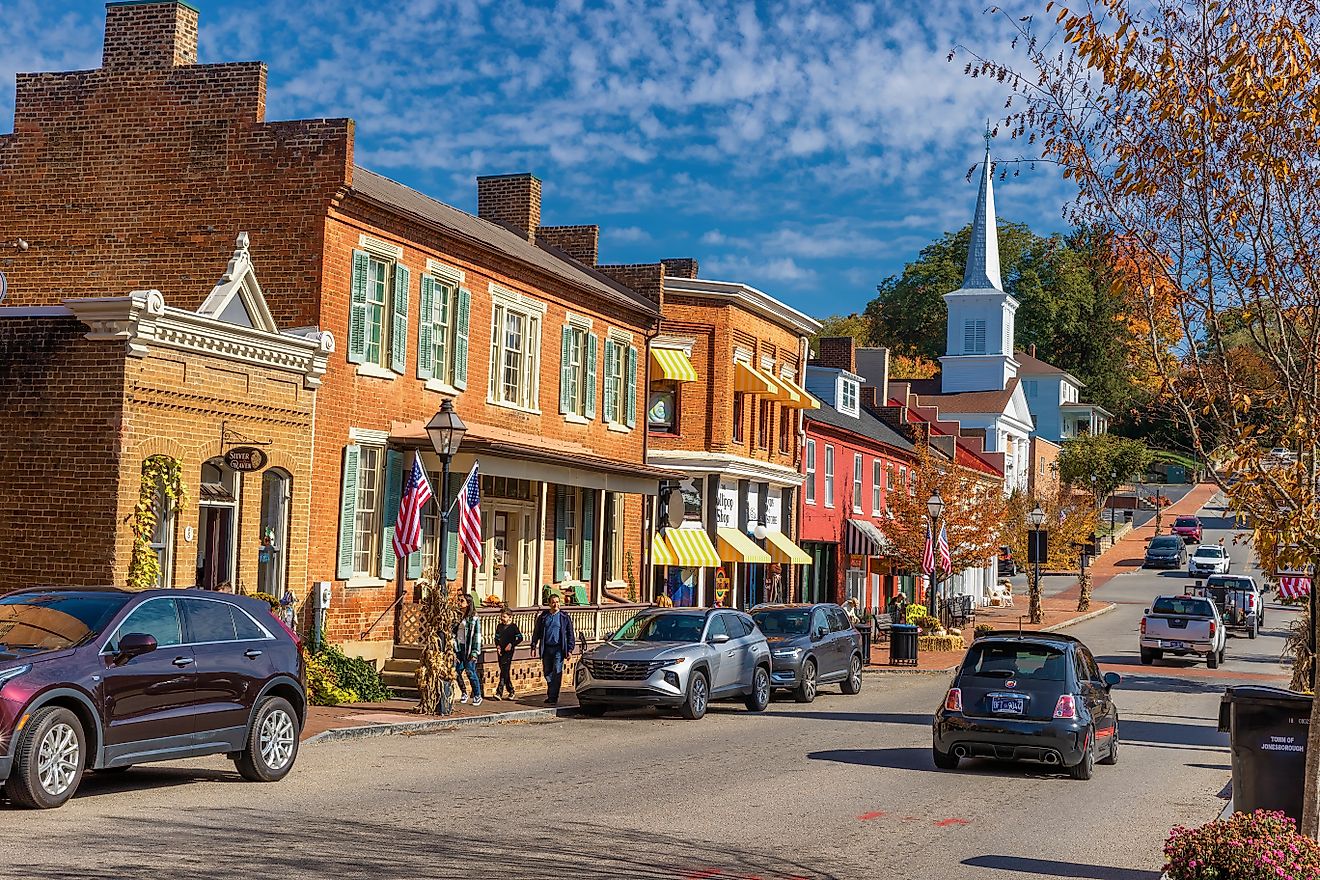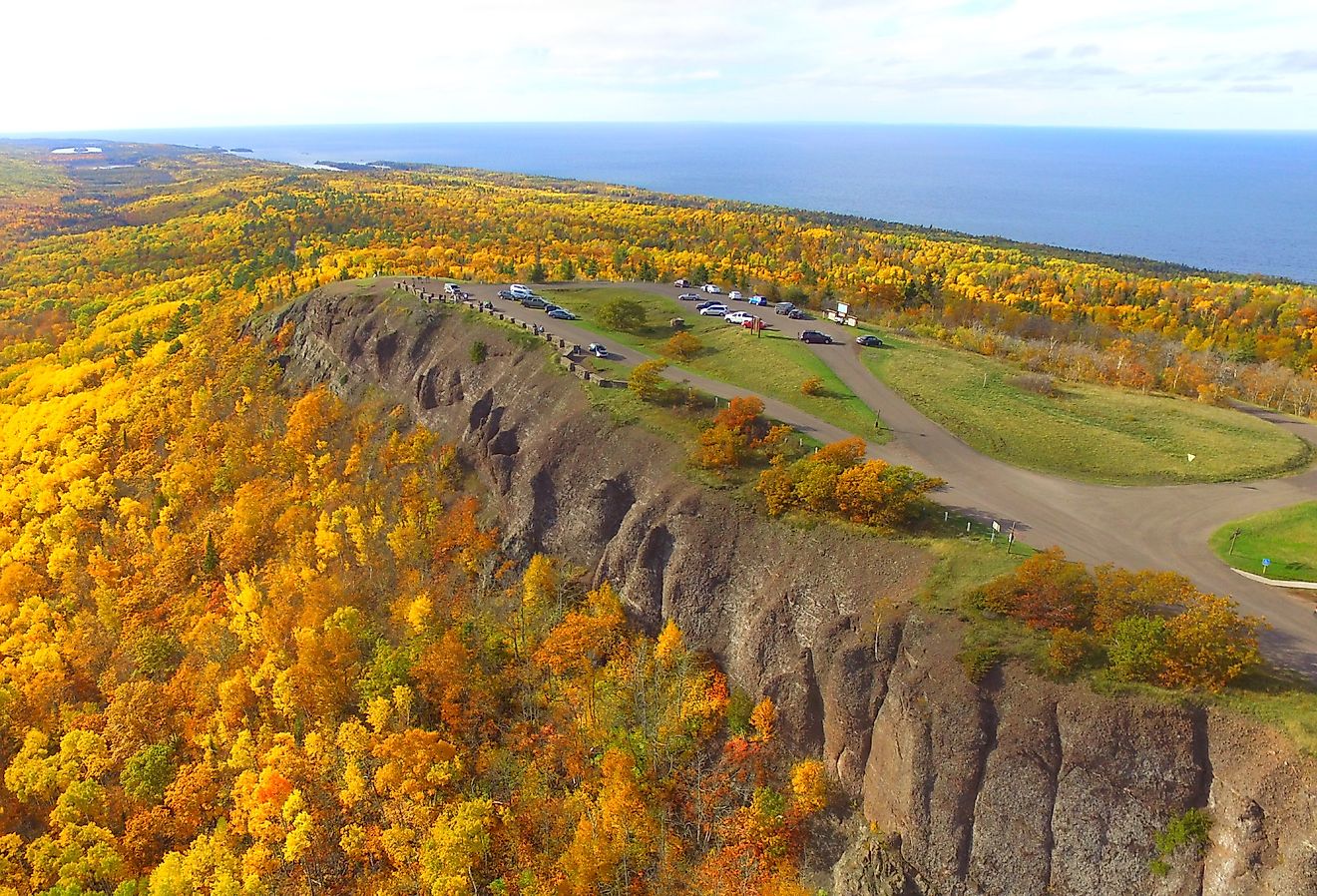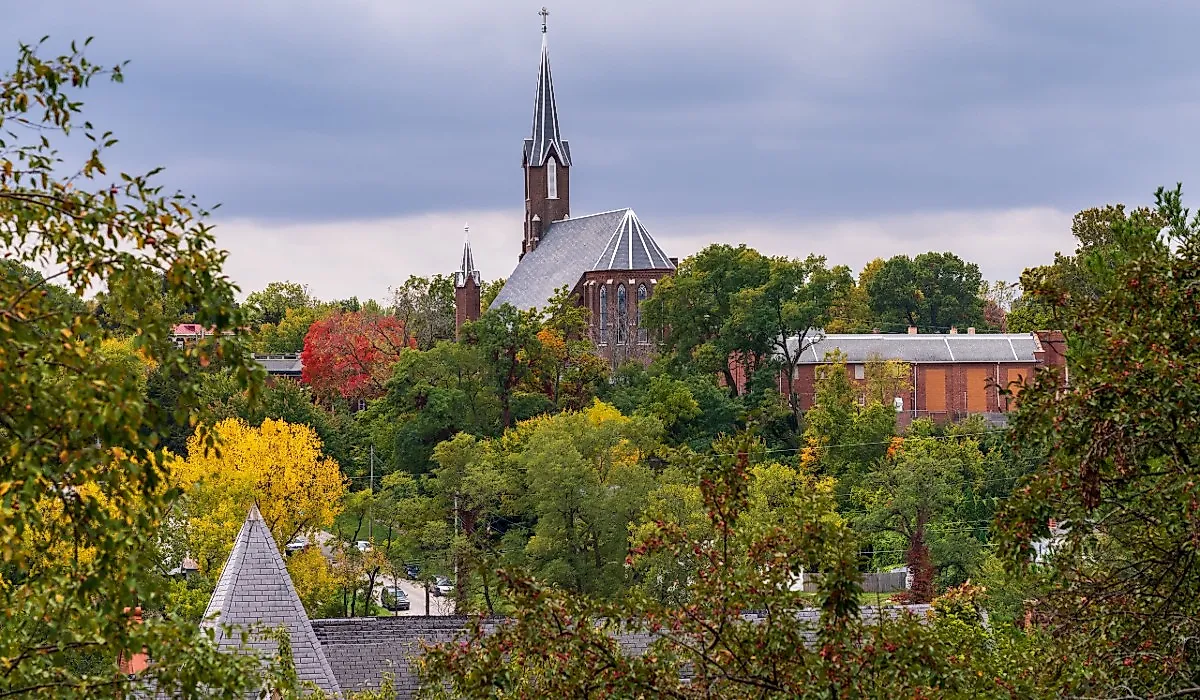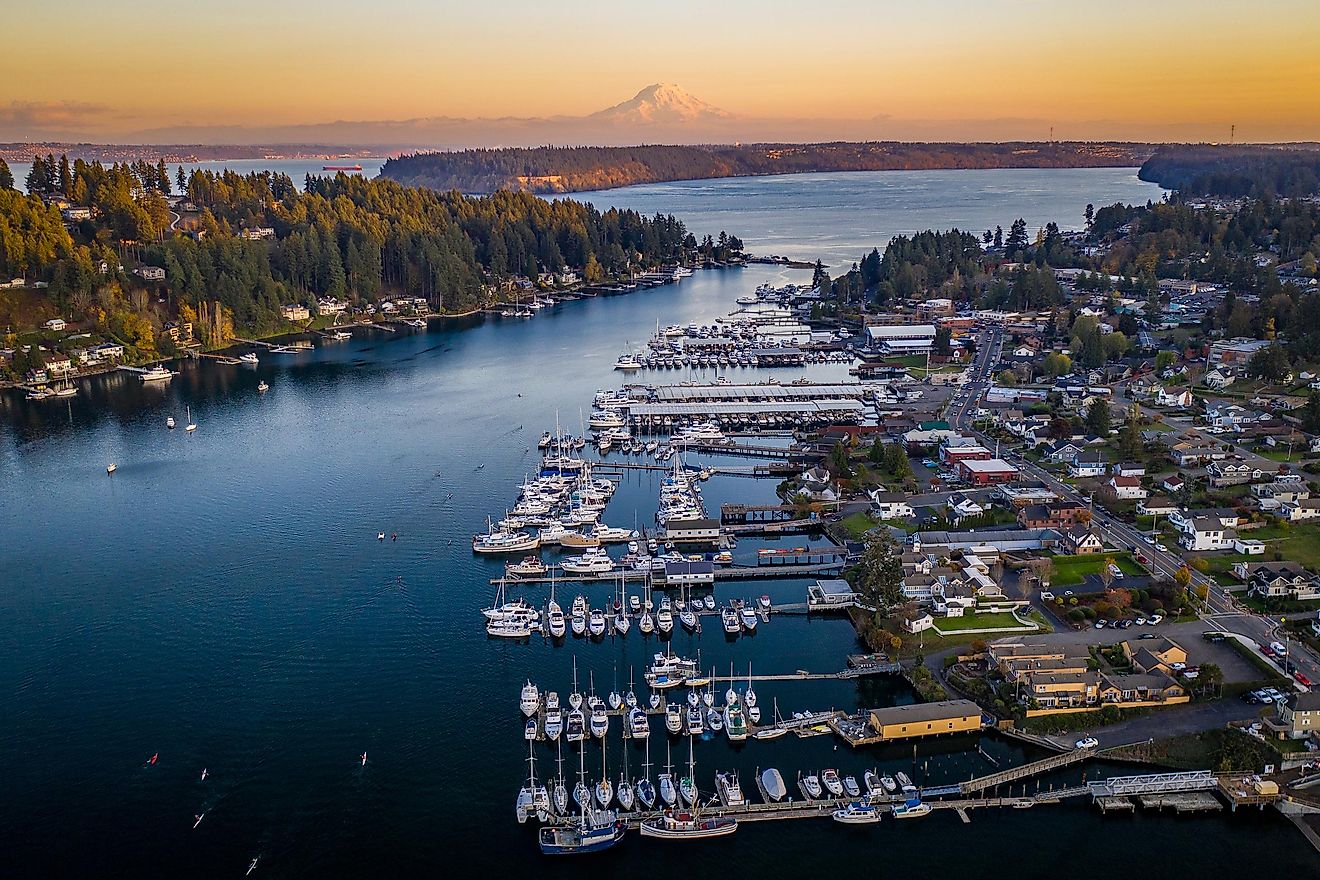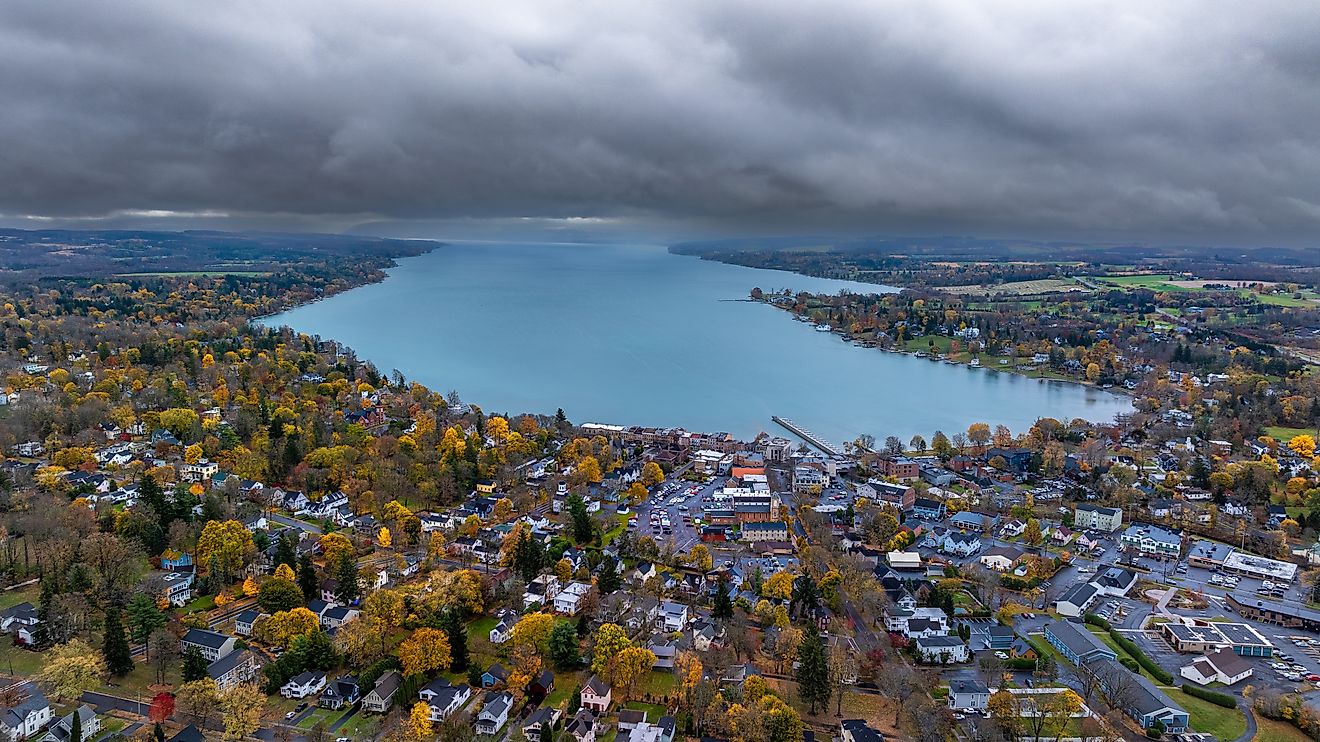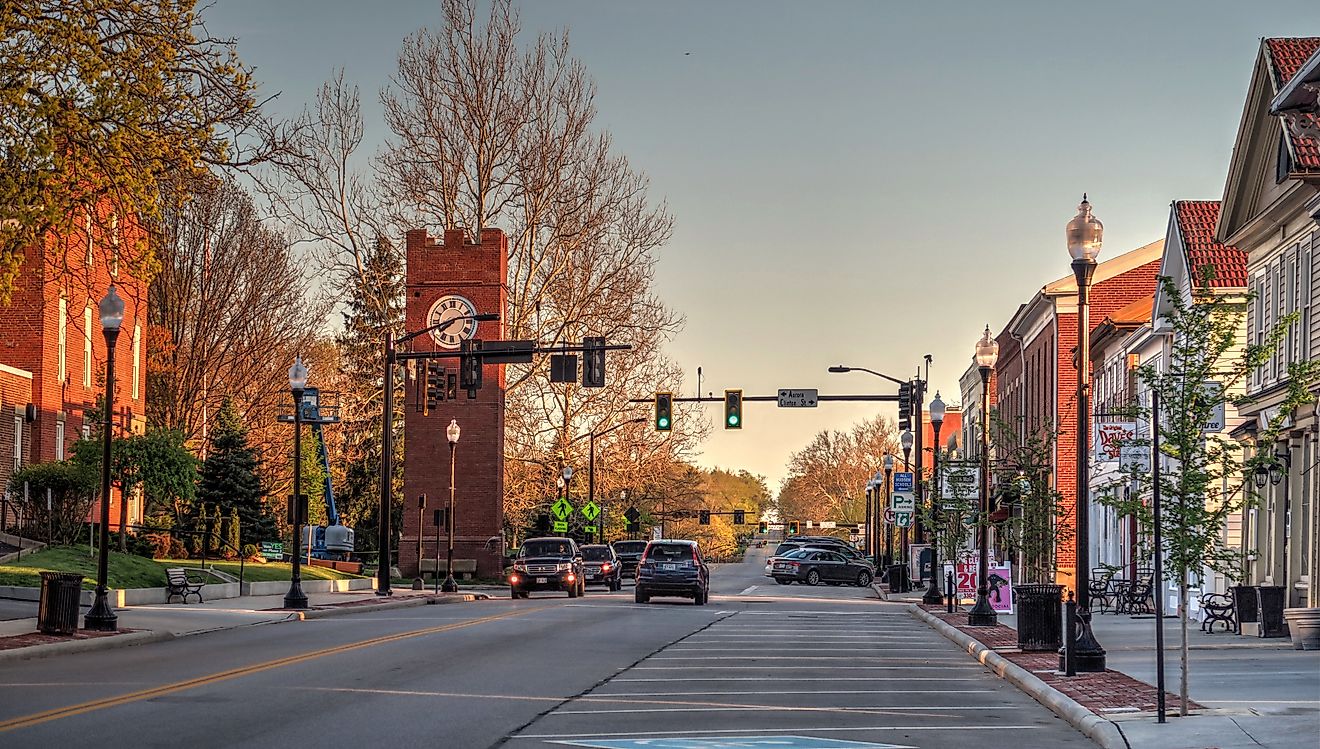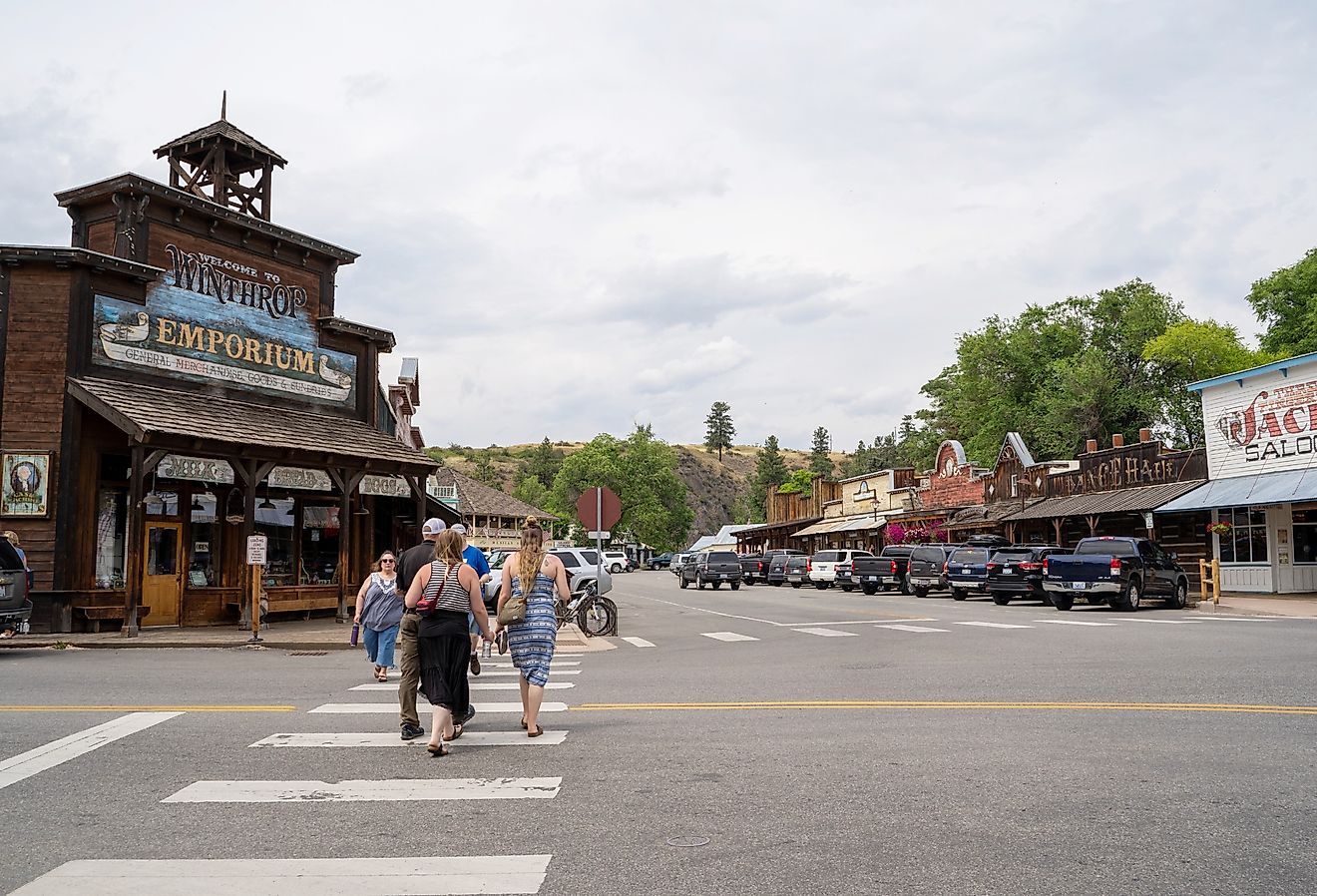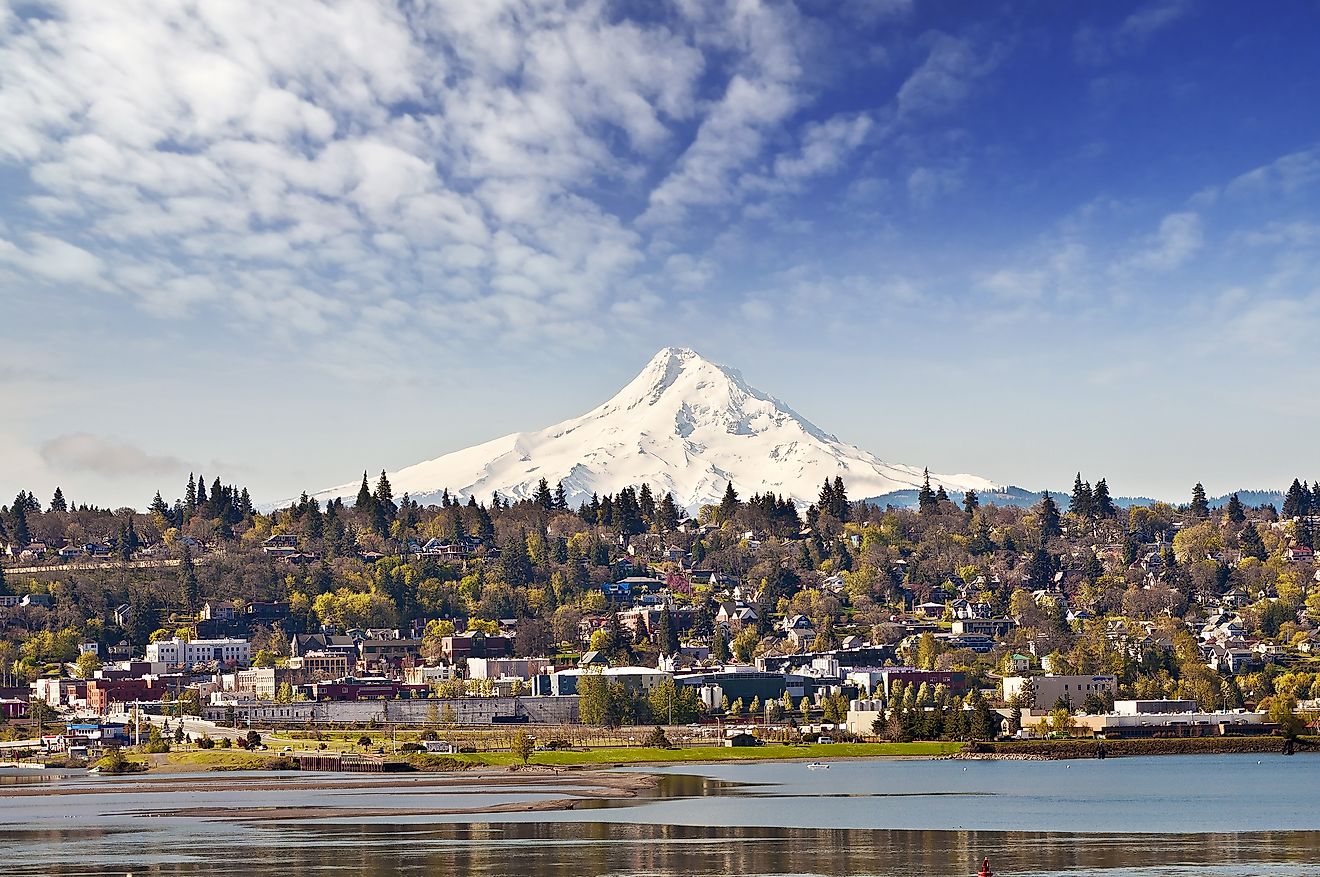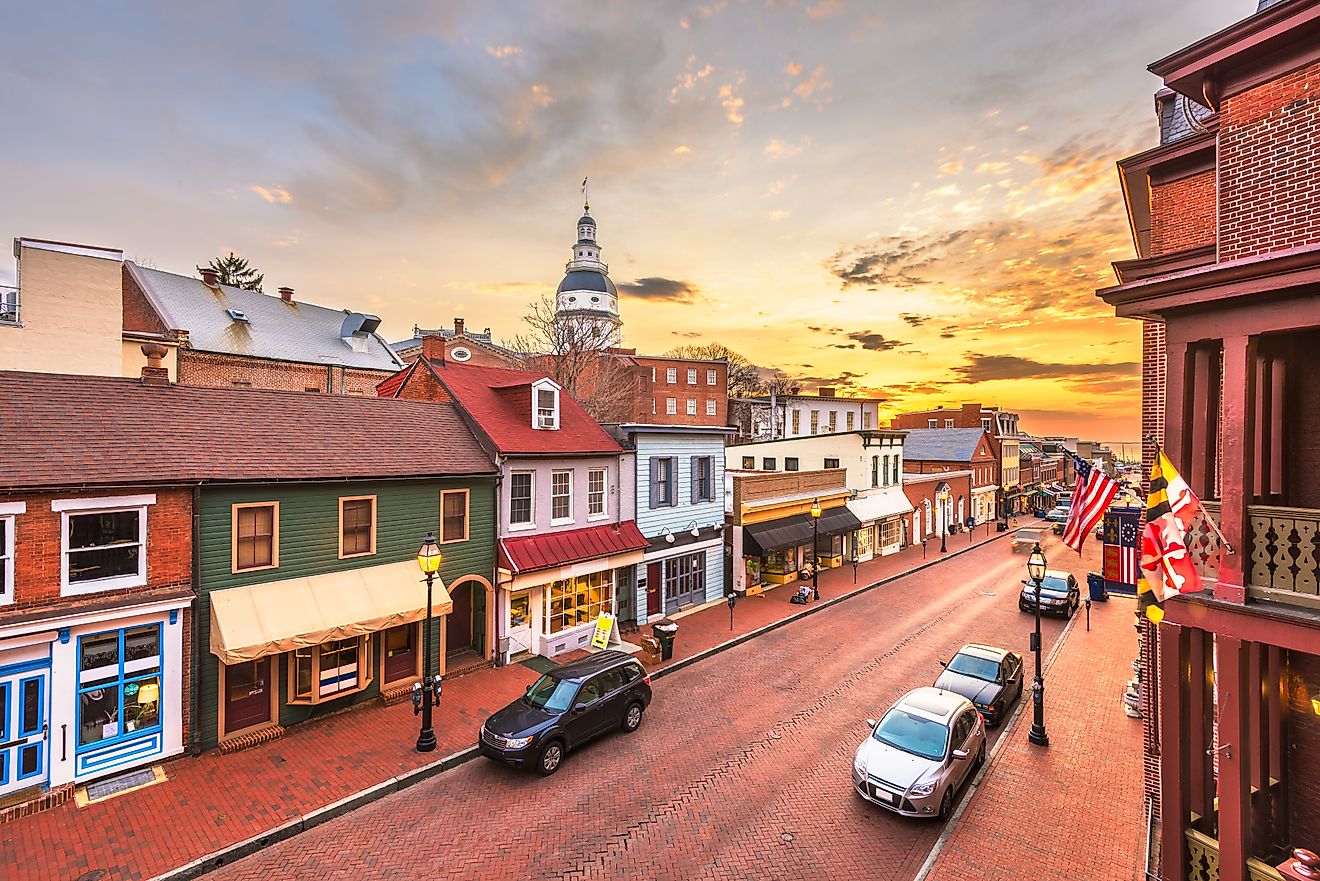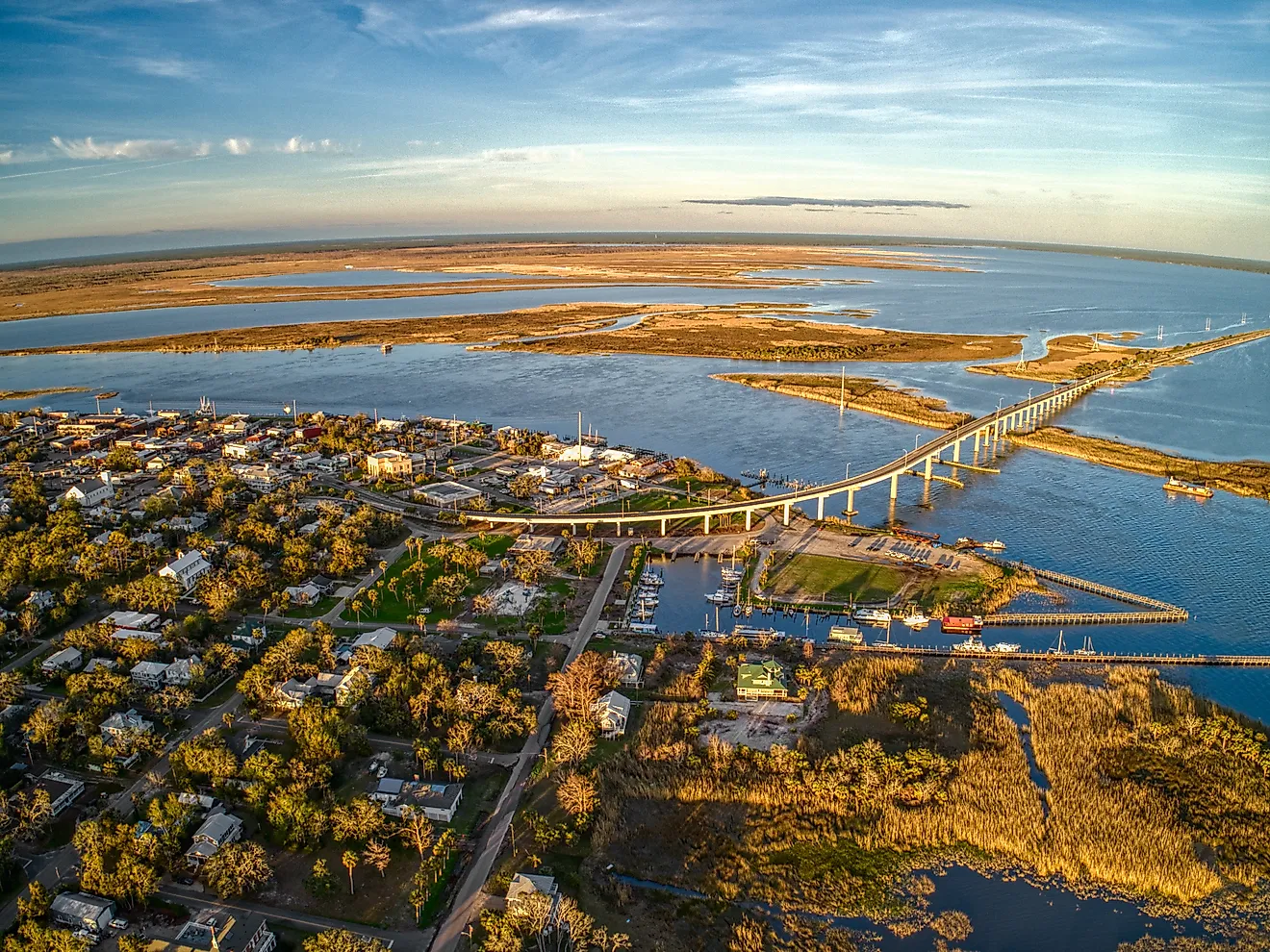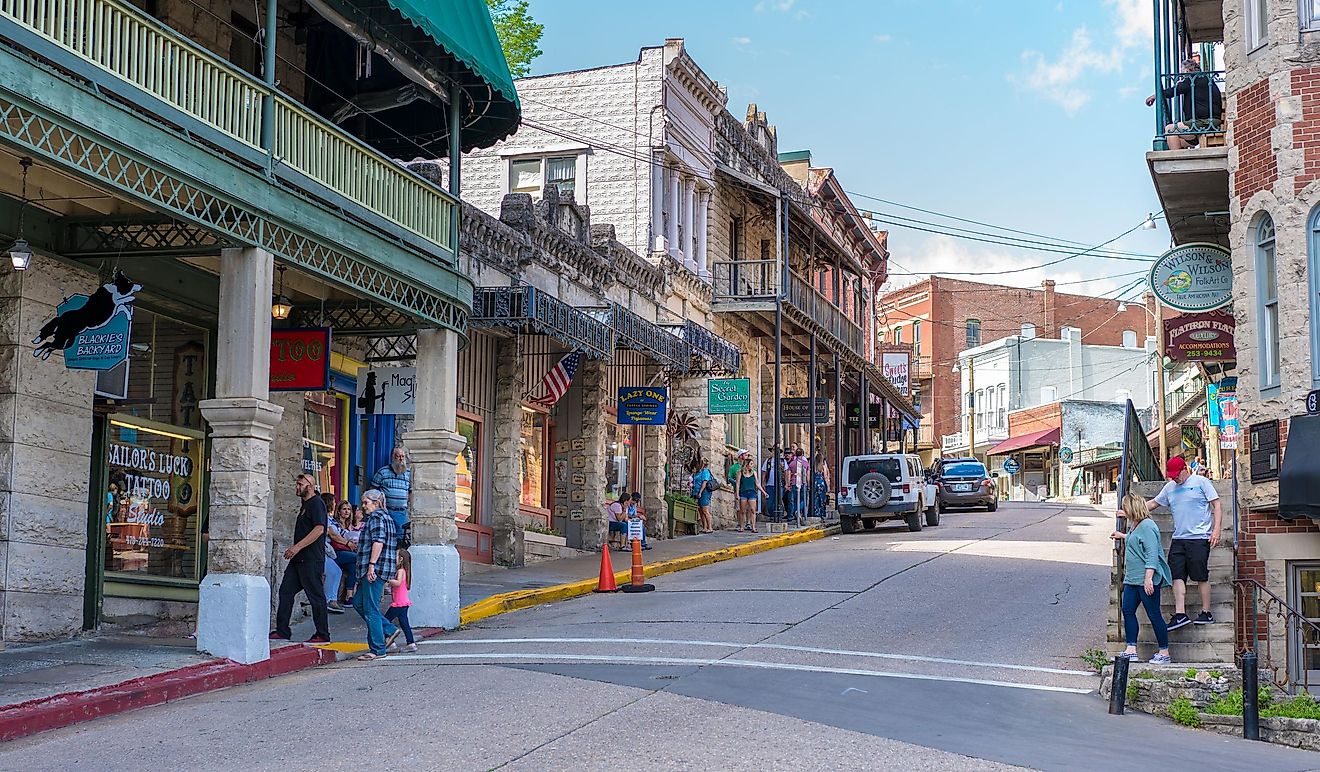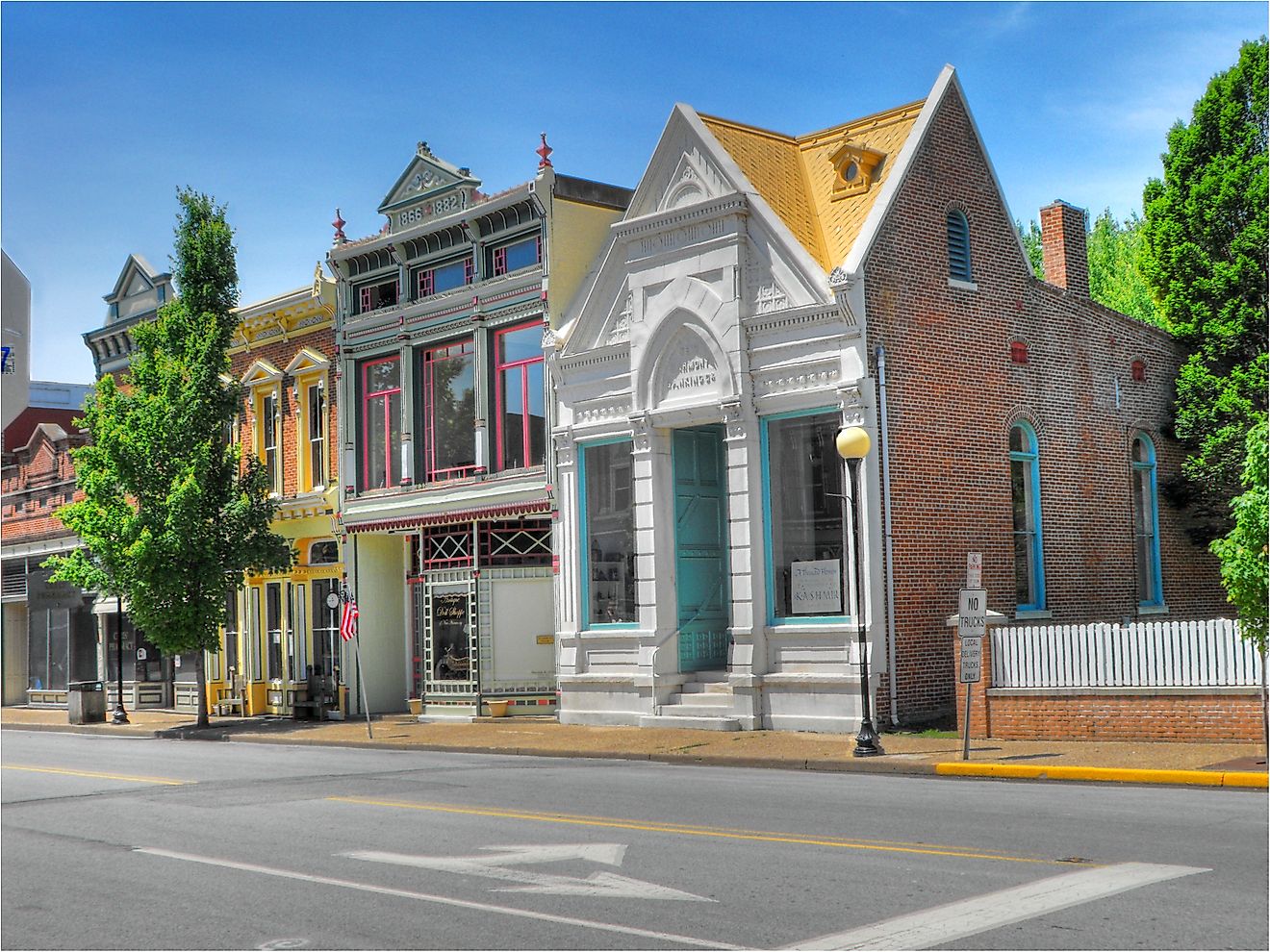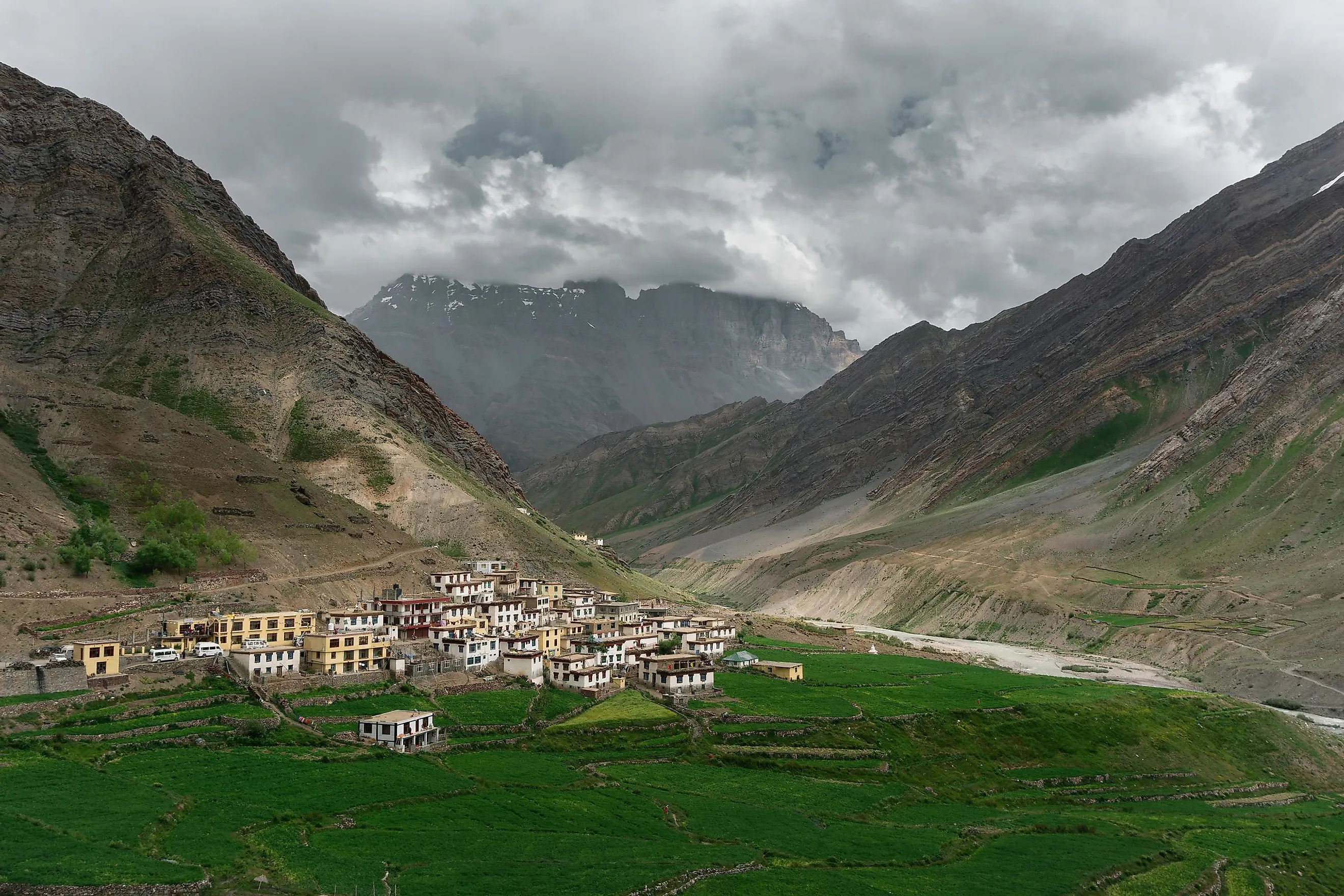
10 Remotest Places On Earth Where People Live
When being lost amongst the stars is not enough, satiate your desire for total seclusion by straying to one of these corners of the Earth. Typically, people are naturally drawn to centers of commerce and human activity because that means security and community are within reach. Some folks prefer the path less traveled and deliberately hunt for communities where “no news is good news.” The sound of silence is a precious thing, or in other words, opening your window to an absence of blaring car horns and shouting pedestrians. Therefore, here are ten ideal places where the world’s romantics and strays congregate, shrugging off their pasts and embracing simpler futures.
- Easter Island, Chile
- Adamstown, Pitcairn Islands
- Migingo Island, Kenya
- Supai, Arizona
- Timbuktu, Mali
- Coober Pedy, Australia
- Shimshal Valley, Pakistan
- Kiwirrkurra Community, Western Australia
- La Rinconada, Peru
- Changtang, Tibet
Easter Island, Chile
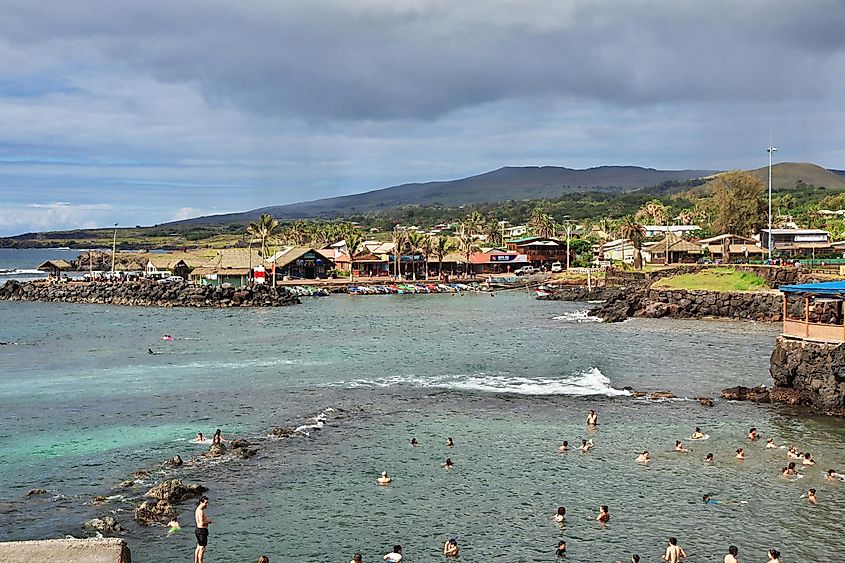
Easter Island is a gorgeous fairytale land tainted with a bloody history. It is one of the world's most remote inhabited places with the nearest place with any trace of humans being the Pitcairn Island that is 2,075 km away! Also, the nearest point on a continental mainland is that in Chile at a distance of 3,512 km. The island itself is 163 squared kilometers.
Occupied by Polynesians in 1200 AD, the 15-mile-long Easter Island underwent civil war and blackbirding before the 20th century, decimating the native population. Today, 7,750 people live in Hanga Roa, the town that is central to tourism as well as fishing and farming, and general administration. Visitors come from all over the globe to this remote island to see ancient rocky statues of giant heads. Due to the difficult-to-reach location, cuisine revolves around local produce, with the tuna empanada being the most popular dish.
Adamstown, Pitcairn Islands
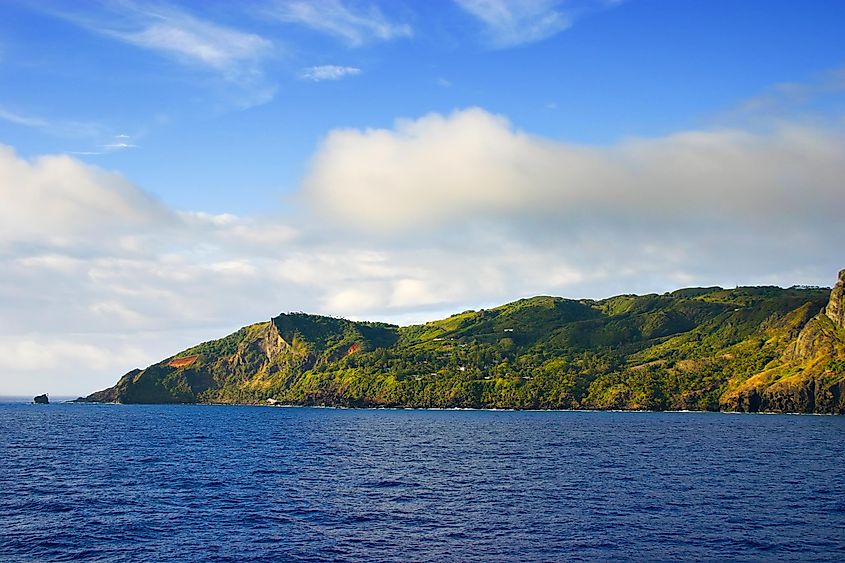
Like a snippet from a Victorian boy’s daydream, the Pitcairn islands were named after the 15-year-old Robert Pitcairn, who spotted them first while in the roost above the sails of an 18th-century sloop. In 1790, a handful of mutineers and Tahitians set up camp on the island because Polynesians abandoned it in the 15th century. Today, Adamstown, with a population of 50 and an area of 4.6 squared kilometers, sits on the northeastern edge, facing the pacific. Remote is too modest a word for this hidden treasure: the closest substantial landmasses are Australia and California, which are 4,650 and 3,500 miles away, respectively.
Migingo Island, Kenya
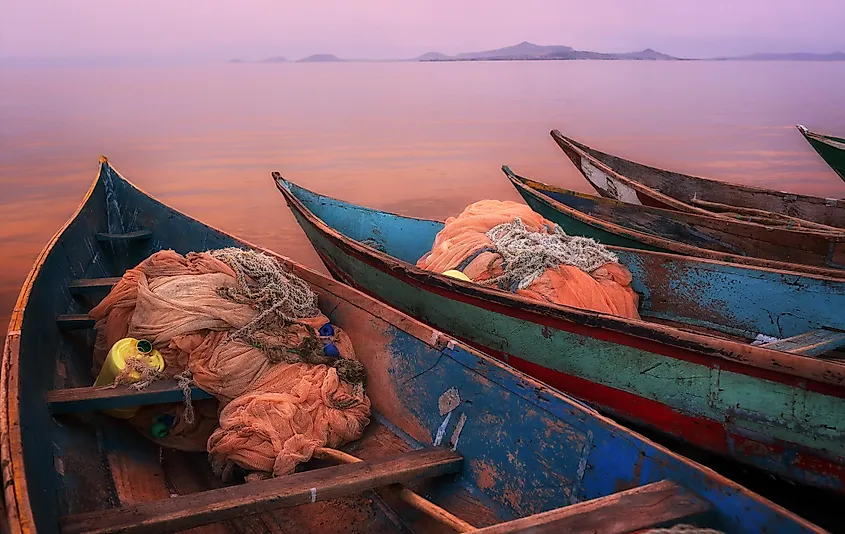
The eastern shore of Lake Victoria hides a whimsical secret; a tiny island stuffed with 100 huts. As one of the largest lakes in the world with 23 thousand square miles of surface area, the people on this island can expect some privacy. One hundred thirty-one fishermen live on this island, first settled by two fishermen from Kenya in 1991. The only access is by boat, and many joined the settlement due to the abundance of Nile perch. Tensions are tight in this offbeat community, with disputes over territory sparking between rival Kenyans and Ugandans.
Supai, Arizona
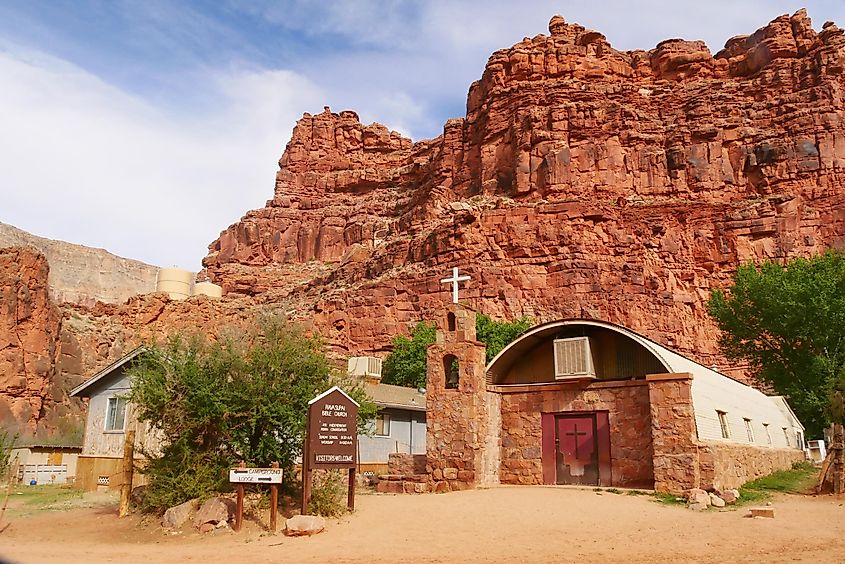
An ideal location for a 20th-century western, the town of Supai is only accessible by foot, pack animal, or helicopter and sits in the Grand Canyon. In fact, the mail is regularly delivered by mule, marking it as the only place in the United States still abiding by a literal “pony express.” The town takes up a tidy 1.72 square miles and is typically inhabited by around 200 people. The number of visitors is impressive considering the eight miles from the nearest public road, and the three thousand foot descent through arduous canyon terrain. A small school, convenience store, café, and lodge exist to make this lost world a little more found.
Timbuktu, Mali
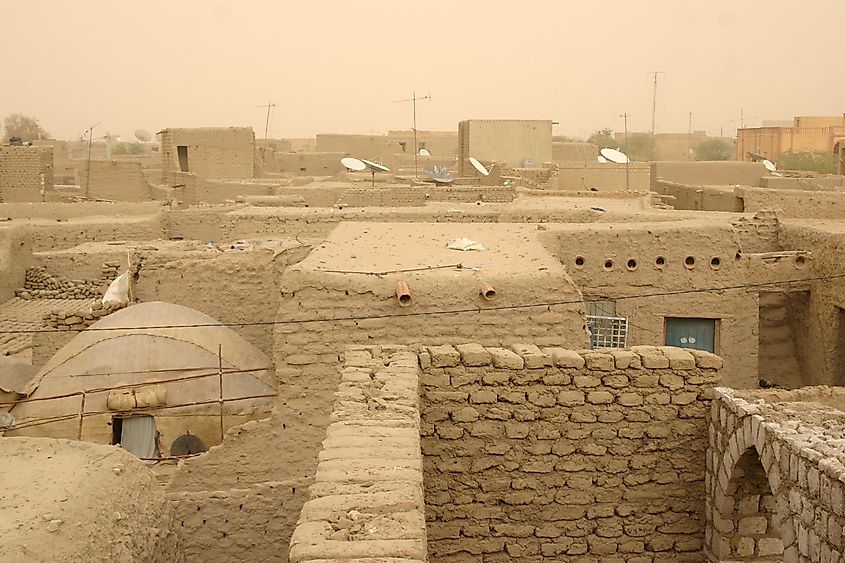
A myth, an expression, an African ‘El Dorado:’ What and where is Timbuktu? In 2006, a small survey found that 34% of Britons believed the town was nonexistent, and the rest believed it was only a mythical story. The history is enlightening; the town was a 15th-century source of gold to Europe, and when exposed to be more modest than imagined, became a metaphor for a far-away place, an understanding that has persisted until today. Situated in Mali below the vast Sahara Desert, 54 thousand make their home here, relying on agriculture from the Niger River 8 miles south.
Coober Pedy, Australia
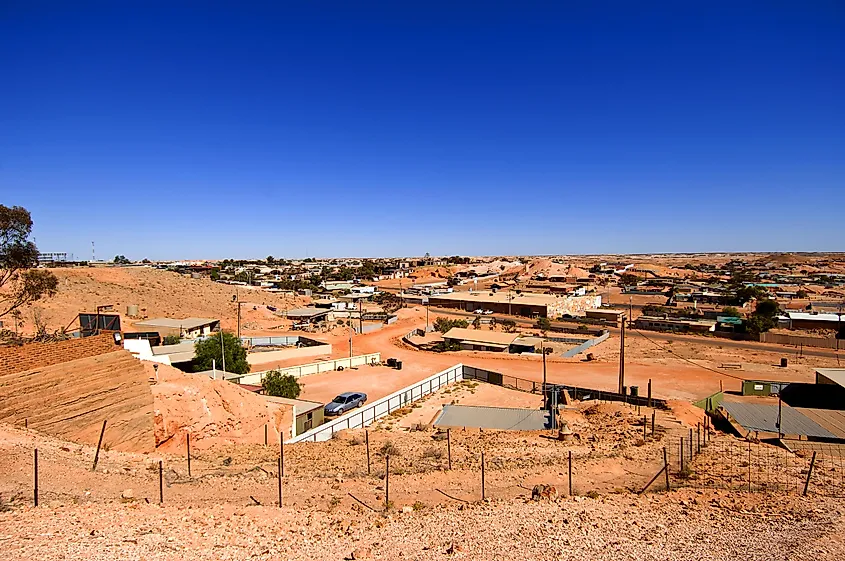
The gold rush is still alive and well at Coober Pedy, where instead of coal, miners search for costly opals in conditions that are life-threatening. In barren central Australia, 250 miles from the coast, the sight of vegetation and flowing waters are practically fables. Moreover, the heat forces miners to dig underground and live in subterranean homes in a style more typical of a Dwarf from Middle-earth. Roughly 2 thousand people live in this distant land, chasing fortunes in temperatures ranging between 97°F and 110°F. As they say, “Location, location, location.”
Shimshal Valley, Pakistan
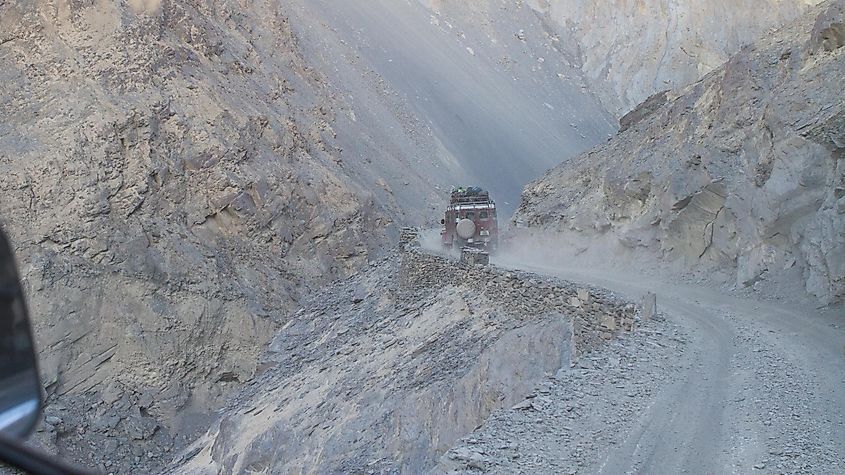
Under the shadow of the indomitable K2, the most dangerous mountain in the world, rests a quiet village, plucked out of a different era, living day by day. Shimshal is 3,113 meters above sea level, and the story of wandering settlers finding fertile soil in an unthinkable place surrounded by imprisoning cliff faces. It is also the story of kings banishing ne’er-do-wells there simply because of the difficulty of the journey. Home to 2,000 people in an area of 3,800 squared kilometers, Shimshal is remarkably lovely. However the road that only recently connected them to the rest of the world in 2003 is considered one of the most dangerous drives on the planet. More importantly, it is one of the more beautiful journeys as well, with otherworldly peaks around every corner.
Kiwirrkurra Community, Western Australia
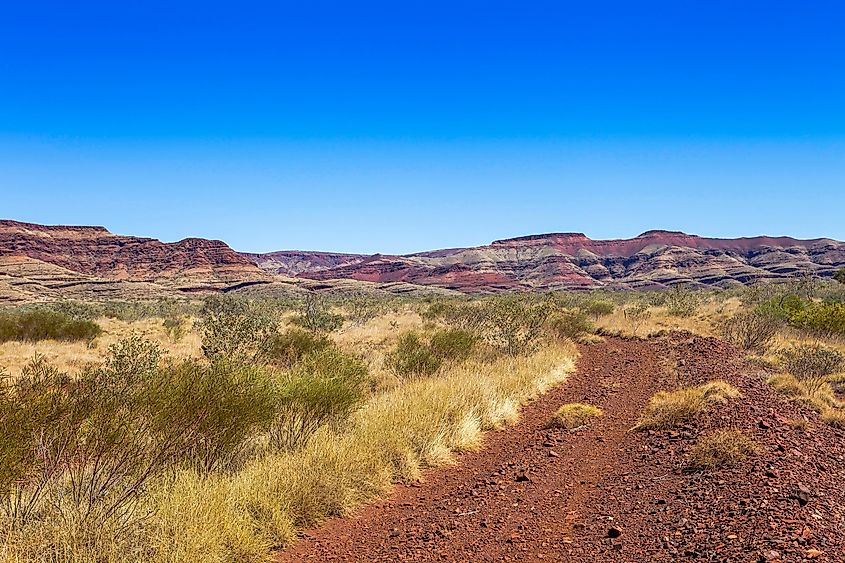
An iceberg of culture and history, this community is the primary settlement of the last aboriginals, who gave up their ways between 1960 and 1984. Furthermore, the town is considered the most remote in Australia, located 435 miles from Alice Springs by way of harsh desert roads. One hundred seventy-one residents live there today, which is cause to celebrate after floods evacuated the town for some years. The story of the Pintupi 9 originates here, where the great survivalist natives finally embraced the comforts of the modern age. Later, several of them became globally recognized artists with works featuring desert patterns purchased by Beyoncé and Jay-Z.
La Rinconada, Peru
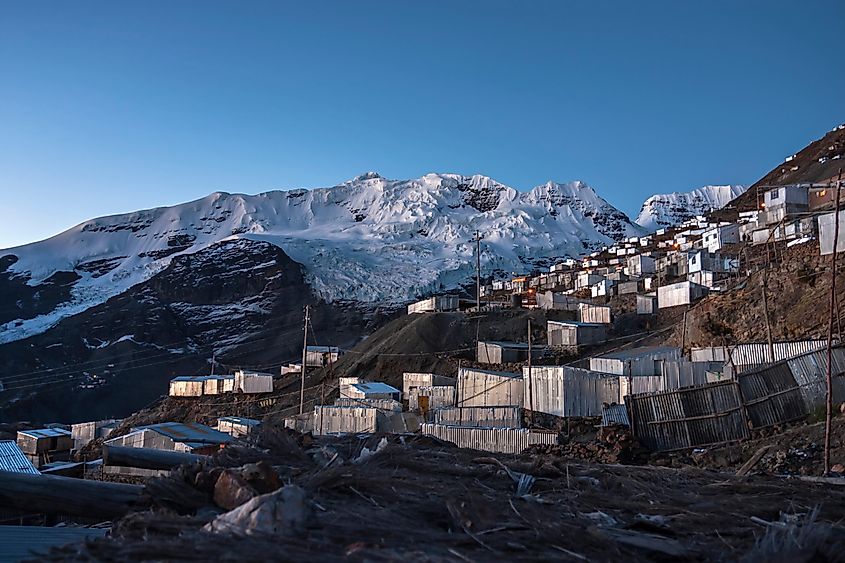
A gold mine in a southeastern corner of Peru, La Rinconada, is 16.7 thousand feet above sea level, which is higher than any other town in the world. Roughly 20 to 40 thousand people are estimated to live here, a massive jump from 17 thousand in 2007 due to rising gold prices. The conditions are deplorable, and the murder rate per capita is significant. The mines are harsh, with a history of unpaid labor, and women are banned from working in the mines. Plumbing and sanitation are rare, as most houses are sheet metal arrangements.
Changtang, Tibet
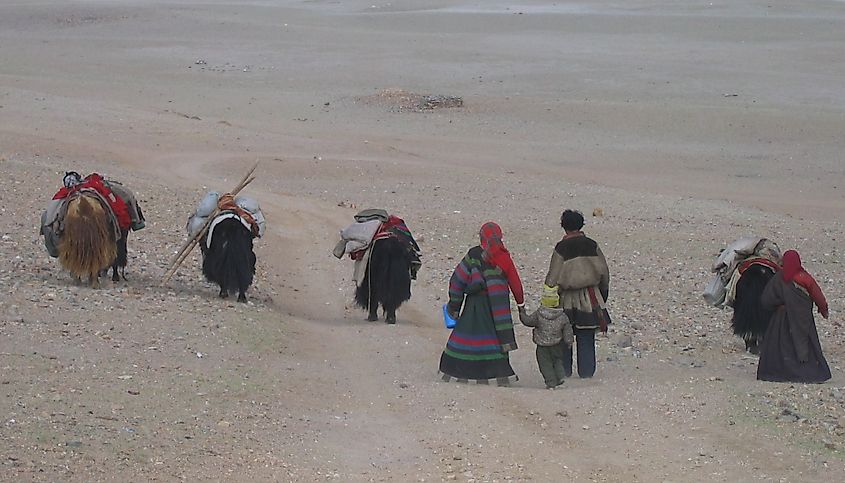
A region of nomadic lands in pastoral Tibet, Changtang is a high-altitude geography consisting of a terrain that is inhospitable to agriculture. In fact, much of the economy revolves around the herds that the Drokpa people shepherd to and fro. Arctic winters and hail are treacherous seasonal conditions here, which locals have adapted to with well-crafted clothing and shelters. That skill is seen in the fact that the original Cashmere wool originates from their Pashmina goat, and artisans still spin shawls in the area. A truly gorgeous territory, albeit unforgiving to the unfamiliar, Changtang is as remote as it gets.
In most of the developed world, there are no grand forests to wander into without expecting to intersect with human activity on the other side. “Google Earth Scrolling” into regions like the United States, or even parts of Africa, reveals segregated farmlands and endlessly connected roadways. The saying “born too late to discover the world, born too early to explore the stars” is common among daydreamers of this generation, but these ten places prove that there is still magic and mystery left on this grand planet.
